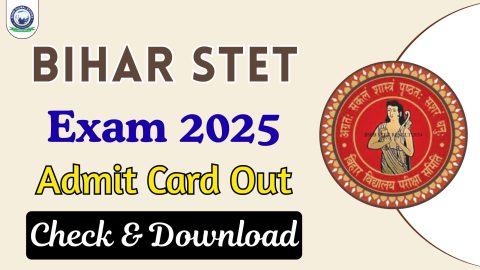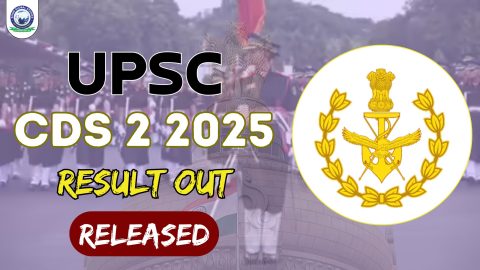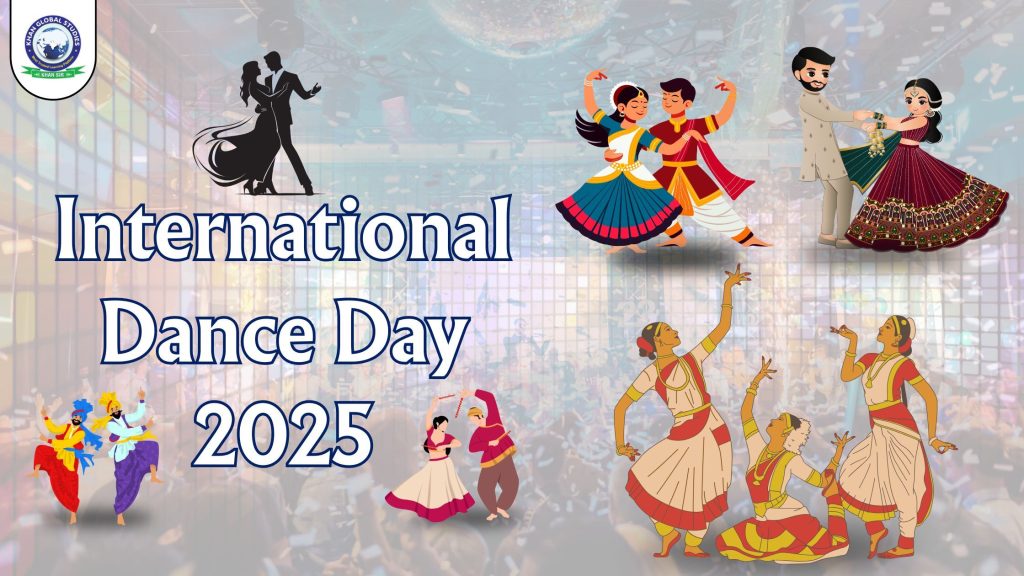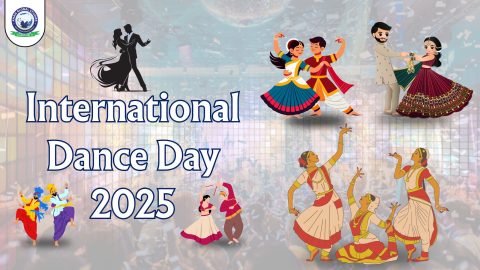International Dance Day is celebrated globally every year on April 29. This day is dedicated to raising awareness about dance, emphasizing its importance, and promoting it as a significant art form.
History of International Dance Day
International Dance Day was initiated in 1982 by the Dance Committee of the International Theatre Institute (ITI). The date was chosen to commemorate the birthday of Jean-Georges Noverre, a famous French dancer and the creator of modern ballet, who established dance as a distinct and expressive art form.
Objectives
- To spread awareness about various dance forms
- To recognize the social, cultural, and educational importance of dance
- To provide a global platform for artists and audiences to connect
- To promote unity, harmony, and self-expression through dance
Dance: More Than Just an Art Form
Dance is not just a performing art; it is also a form of self-expression, spiritual connection, physical fitness, and mental peace. In a culturally rich country like India, dance manifests in a vibrant spectrum—from classical forms like Bharatanatyam, Kathak, Odissi, and Kuchipudi to Bollywood, hip-hop, contemporary, and folk dances.
Importance of Dance Day in India
In India, dance has been an integral part of cultural tradition for centuries. Whether it is the temple dance heritage or the lively folk traditions, every region has its own distinct style. This day offers Indian youth an opportunity to connect with their roots and explore new paths of artistic expression.
Indian Dance Forms and Their Regional Origins
India is a land of diversity—not only in language, clothing, and food but also in dance traditions, which reflect local customs and spiritual beliefs. Indian dance forms are broadly divided into classical and folk dances. Each dance style is rooted in ancient traditions, religious practices, or the daily life of the people.
Let’s explore some of the major Indian dance forms and their native regions:
- Classical Dance Forms
There are eight major classical dance forms in India, based on ancient texts like Natyashastra and Abhinaya Darpana.
- Bharatanatyam (Tamil Nadu): The oldest and most popular classical dance of South India, originally performed by temple dancers as an offering to the gods.
- Kathak (North India): Derived from the word Katha (story), this form is inspired by narrative traditions, particularly Krishna Leela and the Mughal court culture.
- Odissi (Odisha): Associated with the Jagannath Temple, known for its graceful postures and sculptural beauty.
- Kuchipudi (Andhra Pradesh): A temple dance form that includes dialogue, expressions, and dramatic storytelling.
- Mohiniyattam (Kerala): A soft, graceful dance performed in the form of Mohini, the enchanting female form.
- Kathakali (Kerala): Known for its elaborate costumes, painted faces, and dramatic storytelling based on epics like the Ramayana and Mahabharata.
- Manipuri (Manipur): Focuses on Rasa Lila, the love story of Radha and Krishna, with subtle, flowing movements.
- Sattriya (Assam): Introduced by the Vaishnavite saint Srimanta Sankardev, combining devotion and classical structure.
- Folk Dance Forms
Folk dances are the soul of the common people—vivid, energetic, and deeply tied to festivals and local traditions.
- Bhangra & Giddha (Punjab): Bhangra is performed by men, and Giddha by women—both are associated with harvest celebrations.
- Garba & Dandiya (Gujarat): Danced during Navratri in honor of Goddess Durga, involving rhythmic group formations.
- Ghoomar (Rajasthan): A traditional women’s dance with circular movements in vibrant attire.
- Lavani (Maharashtra): Known for its fast-paced music and expressive gestures, often performed in folk theatre or Tamasha.
- Bihu (Assam): Performed during the Bihu festival, it features flute and dhol beats with spirited group dancing.
- Chhau (Jharkhand, Odisha, West Bengal): A mask dance narrating mythological tales through martial and theatrical styles.
Conclusion
International Dance Day is a celebration that reminds us that dance is not merely a stage performance, but the language of the soul. It is a celebration of the rhythm of the body, the creativity of the mind, and the freedom of the spirit. Let us embrace dance on this day, honor its legacy, and share its beauty with the world.





